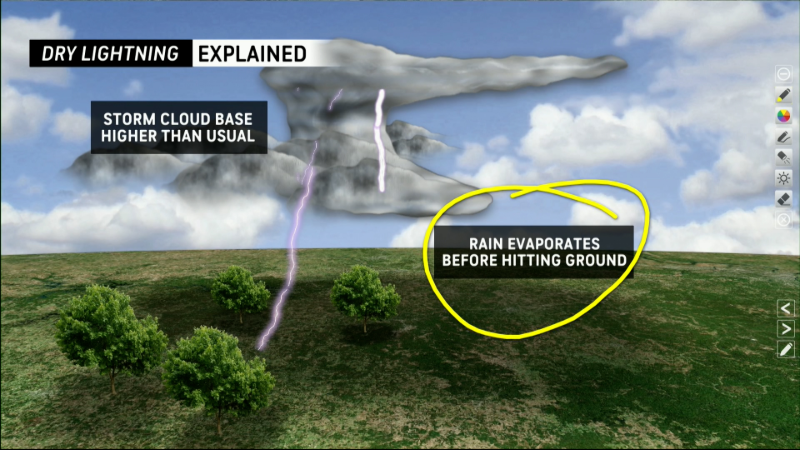Typhoon Chanchu Lands--Barely
May 17th, 2006
Typhoon Chanchu has tracked slightly to the right of its forecast paths (those issued Tuesday). Indeed, it has veered northeastward enough that it is nearly parallel to the shore of southern Fujian between Shantou and Xiamen as I write this. The latest advisories on Chanchu suggest that it has weakened nearly to the lower threshold of typhoon status (64 knots, as with hurricanes) with speeds between 65 and 70 knots indicated. Foreward speed is at, or a little above, 15 knots towards the northeast.
Chanchu is being weakened owing to interaction with hilly southeastern China. It is also drawing in cool air from the northeast. What this means for the storm over the next 24 to 48 hours is that, having quickly lost typhoon status, the storm will under metamorphosis from tropical to extra-tropical in its nature. Soaking rain over East China will reach north to at least Shanghai. Beginning Thursday, local time, stream of deeply-moist air will spill eastward to trigger widespread and locally-heavy rain over southern Korea and the southwestern two-thirds of Japan.
An interesting aspect of this storm is that the upper and lower segments of its circulation may get sheared apart, the upper segment sweeping ahead with the deepest moisture, and the lower segment lagging behind with its own batch of rains.
----------------------------------------------------------------------
The city of Shantou, easternmost Guangdong, has `taken it on the chin` at the `hands` of Typhoon Chanchu. Rainfall has topped 16 inches (42.3 cms officially--and still rising), and it is not yet over. Highest sustained winds of 44 knots/81 kph were observed in the overnight (Wednesday night, locally).
*********************************************************************
Saharan heat wafted into the far northwest of Africa Wednesday and even showed up in southern Spain. Meknes and Marrakech, Morocco, were but two sites in the nation that heated well above 100 degrees--both hit 106, or 41 degrees Celsius. Usually moderate Maghnia, northwestern Algeria, also reached 106/41 C. The hot blast burned its way into Spain with Cordoba hitting 104/40 C.
In northwestern Africa, southwesterly wind flow far ahead of a storm North Atlantic Ocean will draw Saharan heat into northern Algeria and Tunisea over the next two to three days. Weak windflow near the Mediterranean Sea, though, will allow for enough of a sea breeze to spare the coastal strip.
Report a Typo












